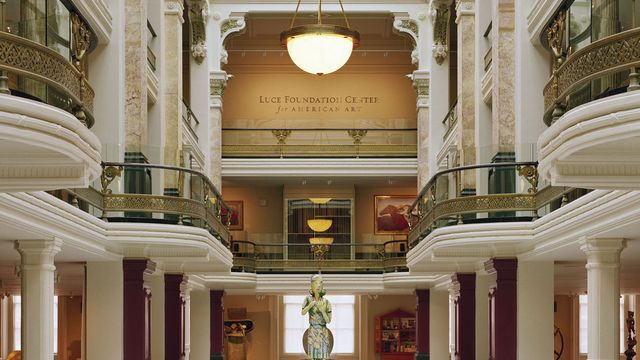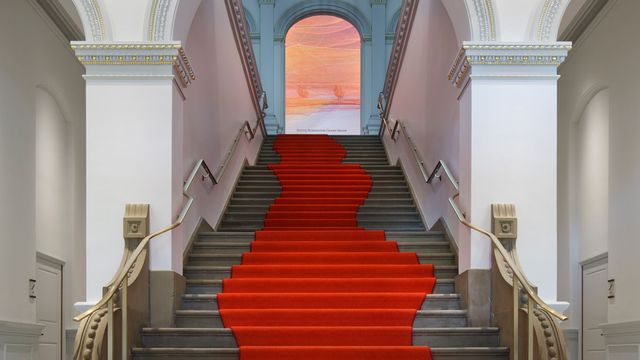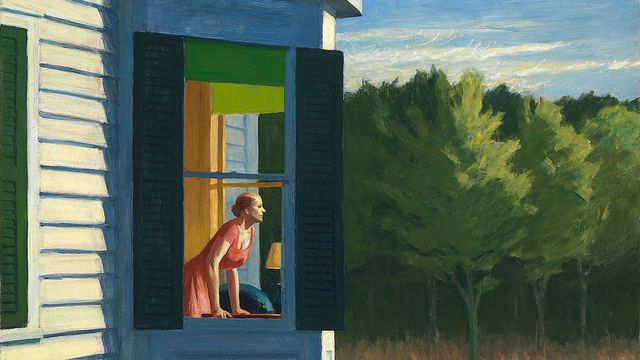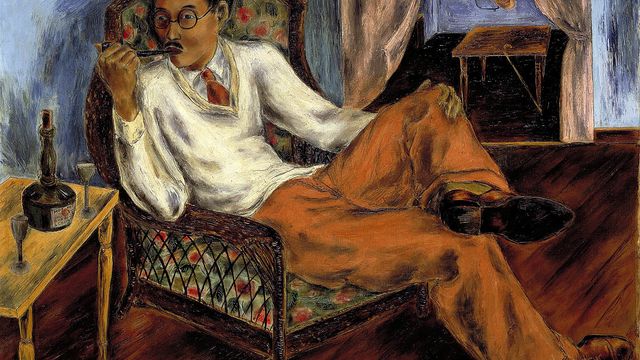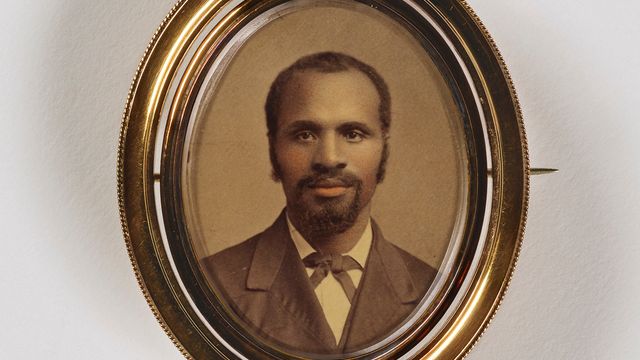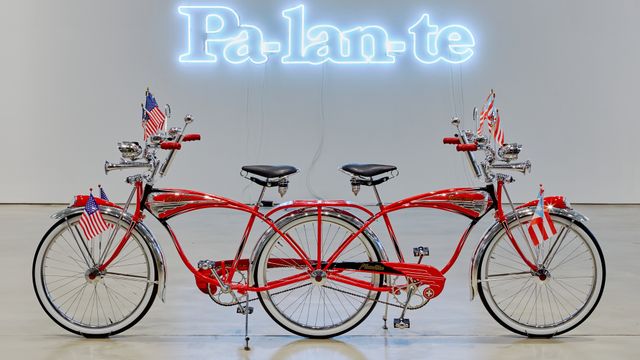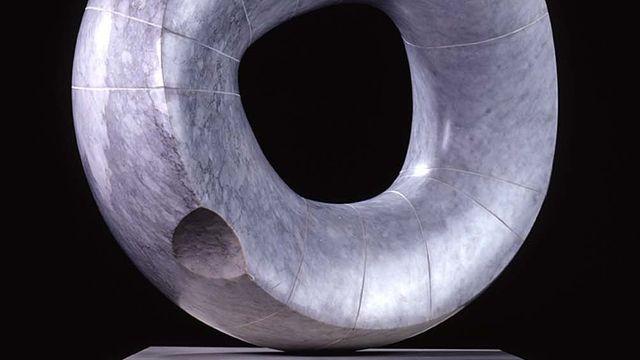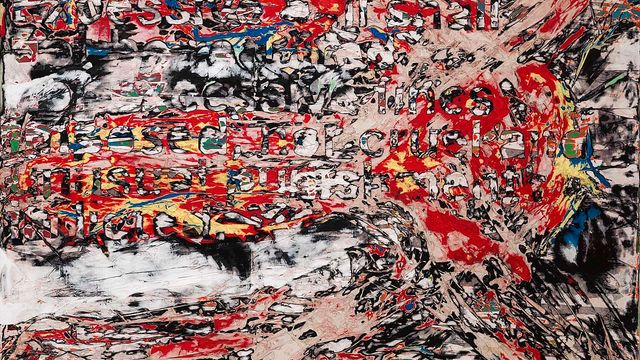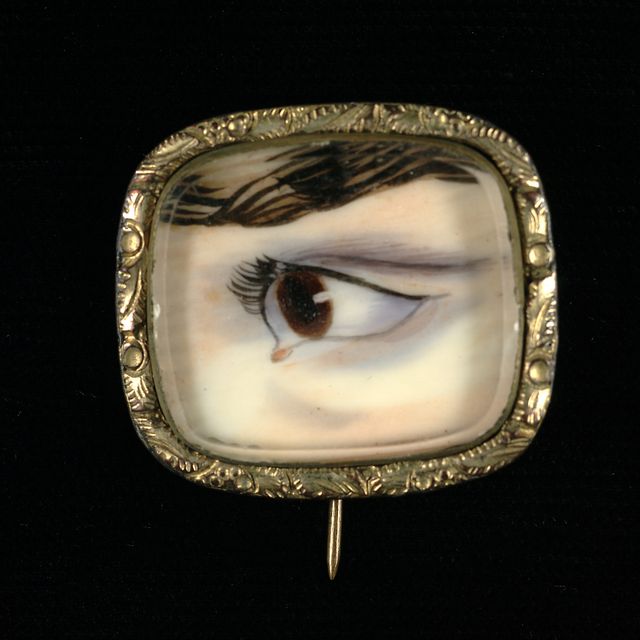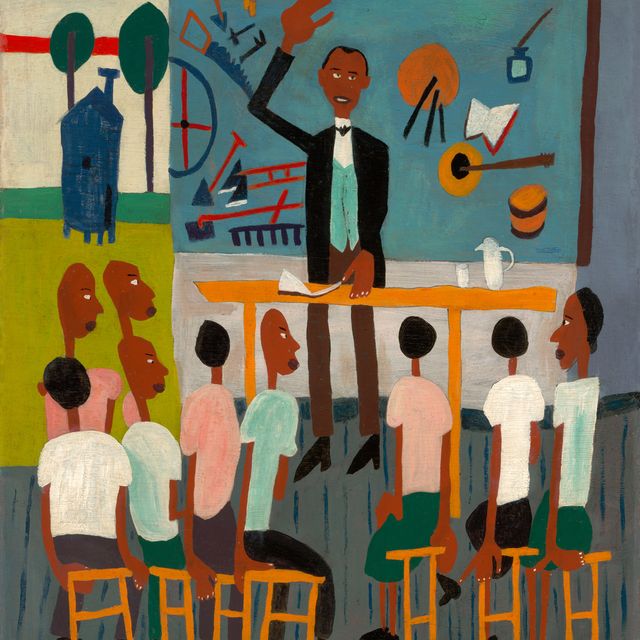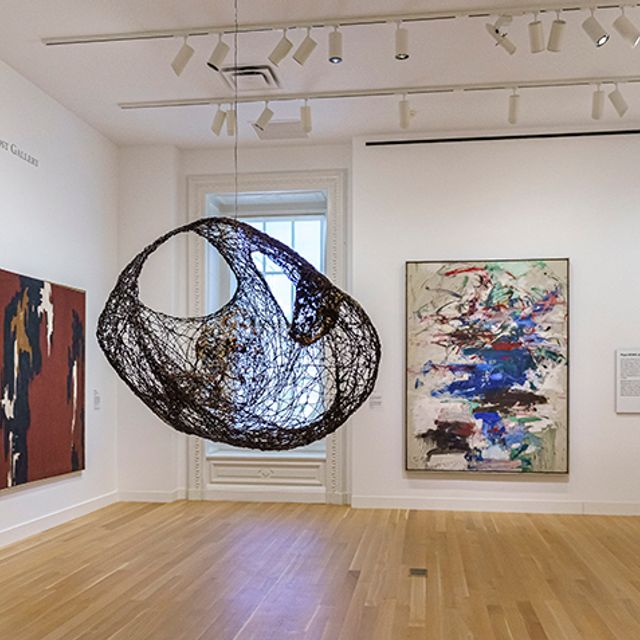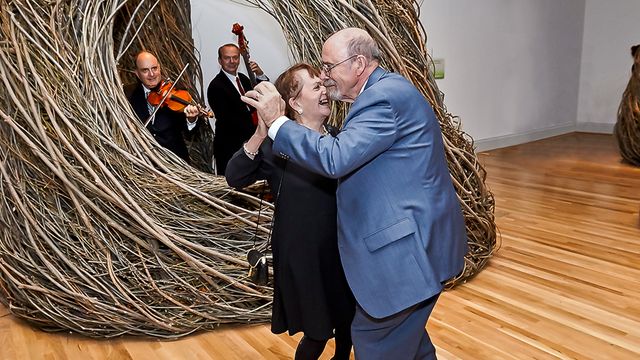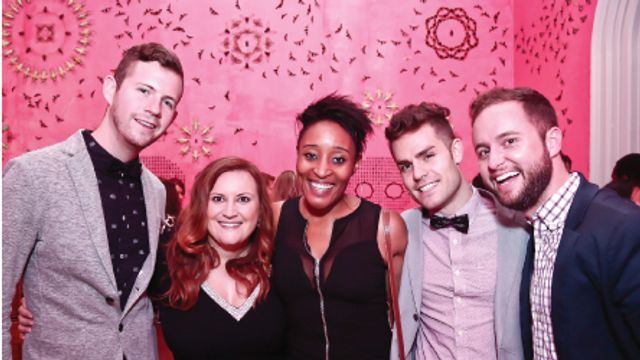Artwork Details
- Title
- Buffalo Hunt
- Artist
- Date
- modeled 1914-1916
- Location
- Dimensions
- 18 1⁄4 x 27 1⁄2 x 12 1⁄2 in. (46.4 x 69.9 x 31.8 cm)
- Credit Line
- Gift of Jean and William M. (Oz) Osborne in memory of Eleanor Tufts and in honor of Alessandra Comini
- Mediums Description
- bronze
- Classifications
- Keywords
- Animal — horse
- Indian
- Occupation — hunter
- Figure male — full length
- Animal — buffalo
- Object Number
- 2005.23.1
Artwork Description
This romantic and retrospective scene was modeled on rodeo champion Jackson Sundown (1863--1923). Sundown had served with his uncle Hin-mah-too-yah-lat-kekt (sometimes called Chief Joseph), a leader of the Wal-lam-wat-kain band of Nez Perce, defending their land and people against attacks by the U.S. Calvary. Sundown once escaped after being wounded in battle by adroitly riding off the side of his horse and eluding his pursuers. He made his living breeding and raising horses and riding rodeo, eventually working from a ranch in Idaho where he hosted Alexander Proctor as the sculptor worked on this composition.
To stage this fictive scene, made long after the bison had been driven to near extinction, Proctor had Sundown repeatedly ride bareback wearing a breechcloth and moccasins. By contrast, Sundown typically wore wooly chaps, colorful shirts, and boots, his braided hair tied under his chin when competing in rodeos. Though inspired by Sundown's expert rodeo performances, Buffalo Hunt plays out a common fantasy of an Old West in which Indigenous peoples' roles in contemporary culture are denied and they are instead locked in an invented past.

